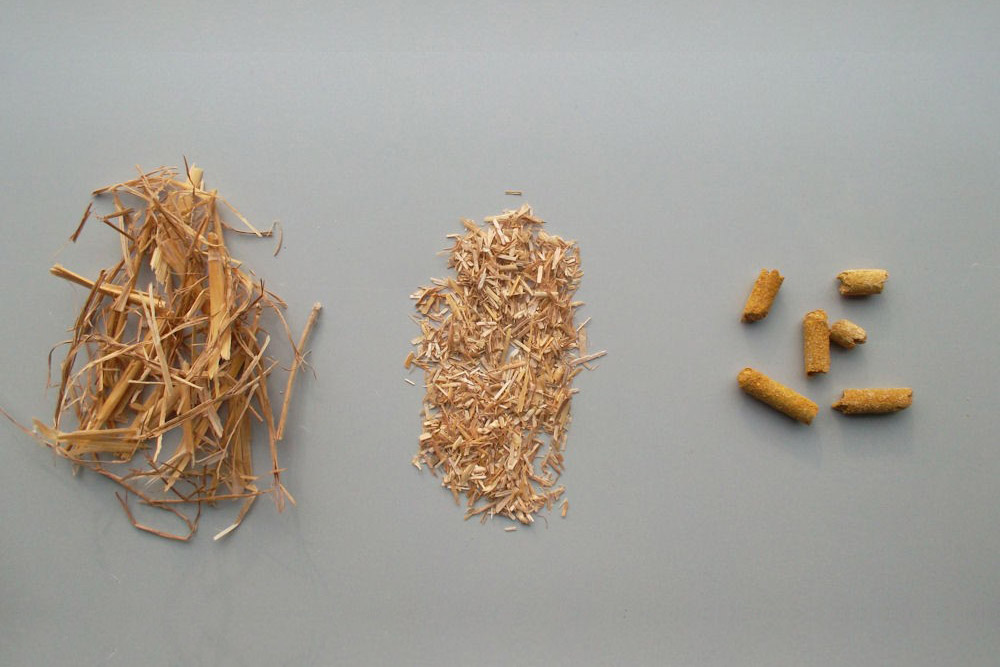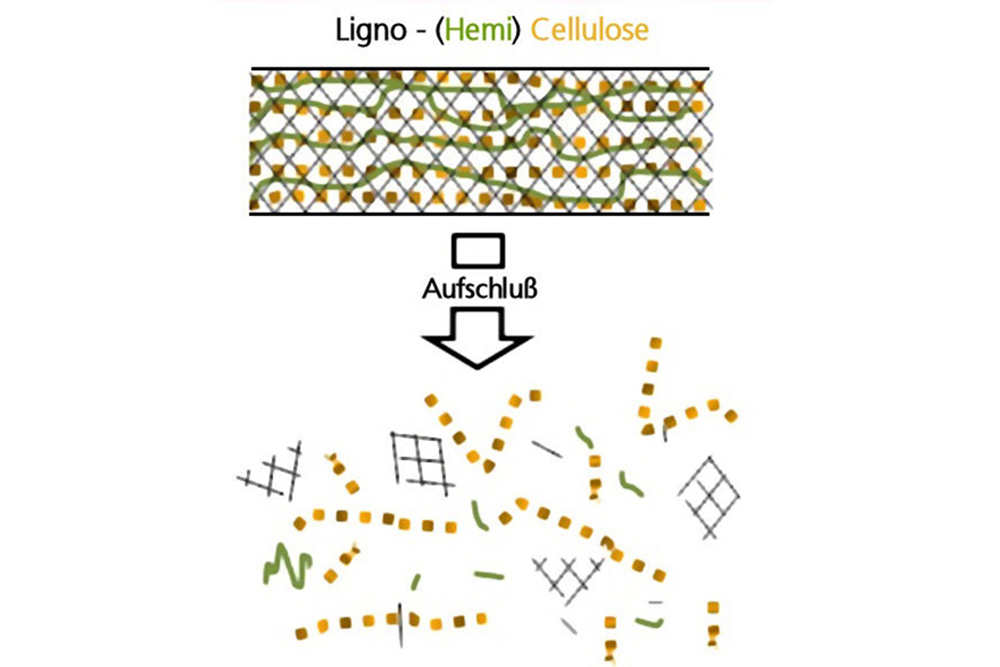Author: Anika Peucker | Translation: Anna Knollmann, Stephanie Anderseck
Electricity from straw
So Rumplestiltskin's dream does come true after all! Straw can be turned into today’s gold: energy. As a biogenic waste material, straw contributes to a sustainable energy balance and supports the path towards energy production from predominantly renewable energies. It also reduces the amount of maize or other products that should be used to feed the world's hunger and not to provide energy. How is electricity produced from straw, you ask? Let us take a look at it.
Stubborn lignocellulose must be broken down
The use of straw has been discussed for several years in biogas production, because it is cheap and available in rough quantities. According to the latest assumptions, it is expected to be more than eight million tons per year. However, the problem with this sustainable bio-residue is the lignin in the straw. This is because lignin, which contributes to the lignification of the cells, is difficult to dissolve in water. However, this is a prerequisite for splitting the lignin into energy-rich components and for optimal processing into biogas. Otherwise, effective fermentation will not take place. The low density of straw also prevents it from sinking into the liquid environment. It forms a floating layer on the surface and thus hinders further reaction processes. A problem that requires a solution.
The key is: straw pellets. Sounds simple, but it is not! The way to get there took quite a while. To produce the pellets, straw is crushed in a hammer mill. The hammers, which are suspended from a rotor, beat the ground material until it has reached the desired size reduction form. During hammering, the straw is also repeatedly thrown against the mill walls, where it is additionally broken by the impact. The natural wax and protective layer are attacked and partly dissolved. The size of the ground material used for further processing is determined by the sieve at the lower outlet of the mill. The "straw chips" fall through the sieve and are collected. Pre-treated in this way, the lignin is more easily split. The addition of diluted caustic soda lye additionally promotes better solubility and increases the gas yield.
40 percent more gas with straw pellets
After these treatment steps the crushed straw is pressed into pellets. During pressing, almost all air escapes from the pellet. Its bulk density is then three times higher than the density of conventional straw bales, making each individual pellet denser than water. They sink in the biogas reactor and dissolve within 60 minutes. The straw pellets do not form a reaction-inhibiting floating layer. And the best thing about it is that the chemical-mechanical processing leads to 40 percent more gas yield compared to untreated straw. In addition, the pellets are robust, easy to dose and can be stored in a space- saving manner compared to the large straw bales, especially round bales.
They also score points in terms of logistics. Transport from the place of production to the place of utilization is more economical. Likewise, the fermentation residues are not really residues. These "wastes" are driven to the fields and nourish the soil as a basis for the formation of humus. Seen in this light, we are dealing with a closed recycling cycle. The biogas, in turn, can be fed into the tank networks for vehicles or into the natural gas network after refinement, for example by membrane filtration, for example with a ceramic membrane.
With the straw pellets, we thus obtain a raw material to produce renewable energies that is inexpensive to manufacture and does not require any conversion of existing biogas plants. So, straw does become gold in the form of a valuable raw material as a building block in the renewable energy mix on the way to "clean" electricity.
Please read as well:
- Water, energy and fertilizer from food industry residues
- Biomassdisintegration
- Biomass Digestion
- Digestate Treatment
Stay informed: You are welcome to subscribe to our newsletter, read our other blog articles and follow us on LinkedIn, Instagram and YouTube.


